Animal Life news stories
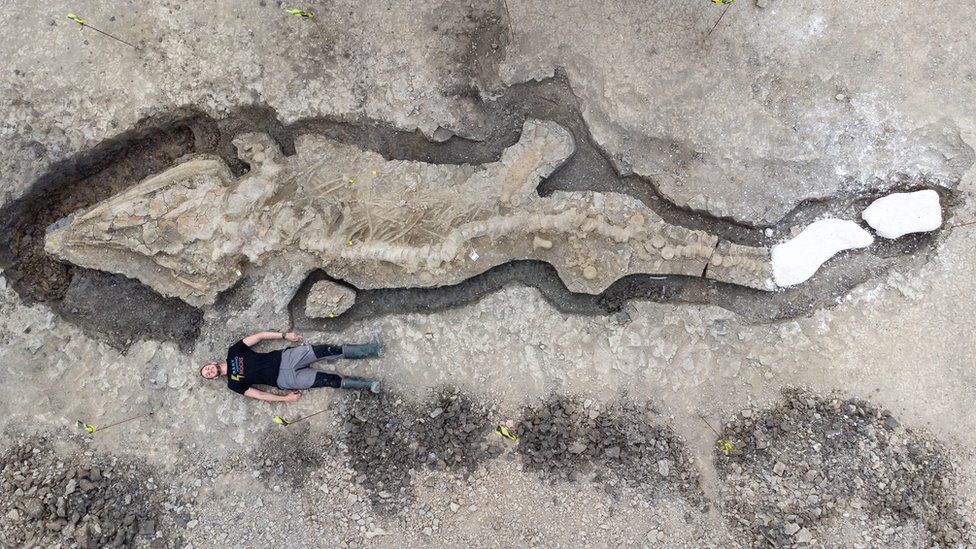
“I rang up the county council and I said I think I’ve found a dinosaur,” explained Joe Davis, who works at Rutland Water Nature Reserve.
.jpg?w=2880&h=2094)
Hundreds of amazingly well-preserved finds from Australia include plants, insects, fish, and more that existed more than 11 million years ago.

Dinosaur footprints found on a beach in south Wales are actually a “trackway” of footprints dating back more than 200 million years, researchers have found.
Image from: MarnixR (Wiki Commons)
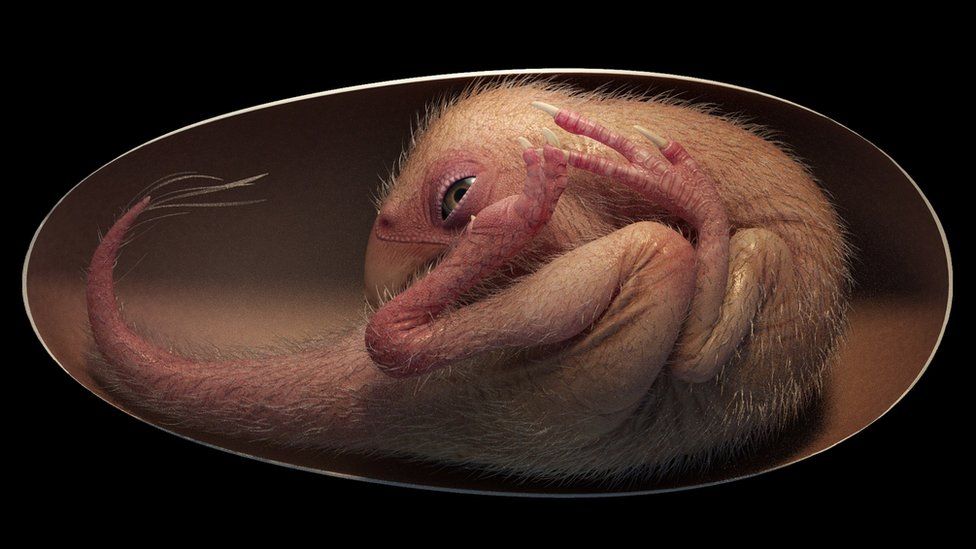
Scientists have announced the discovery of a perfectly preserved dinosaur embryo that was preparing to hatch from its egg, just like a chicken.

Tardigrades — those microscopic, plump-bodied critters lovingly known as “moss piglets” — have been put through the ringer for science.
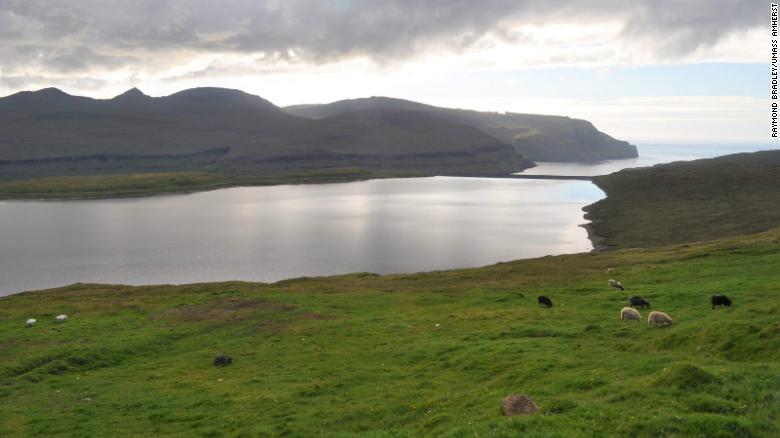
The isolated Faroe Islands were once home to an unknown population in 500 AD, about 350 years before Vikings ever arrived, according to new research. And the evidence comes from an unusual source: ancient sheep poop.

Thousands of miles away from its origin, magic happens: around 27 million tons of dust from the deserts of Africa drops out of the sky, bringing life into the ‘lungs of the planet’.
Image from: Catedral Verde – Floresta Amazonica (Wiki Commons)

Vast networks of microscopic, underground fungi serve a crucial role in Earth’s ecosystems — and there’s a lot we don’t know about them.

If we want to tackle the climate crisis, we need to address a global blindspot: the vast underground fungal networks that sequester carbon and sustain much of life on Earth.

A dinosaur-age fossil heralded as the first four-legged snake known to science might actually be an entirely different beastie, a new study claims.
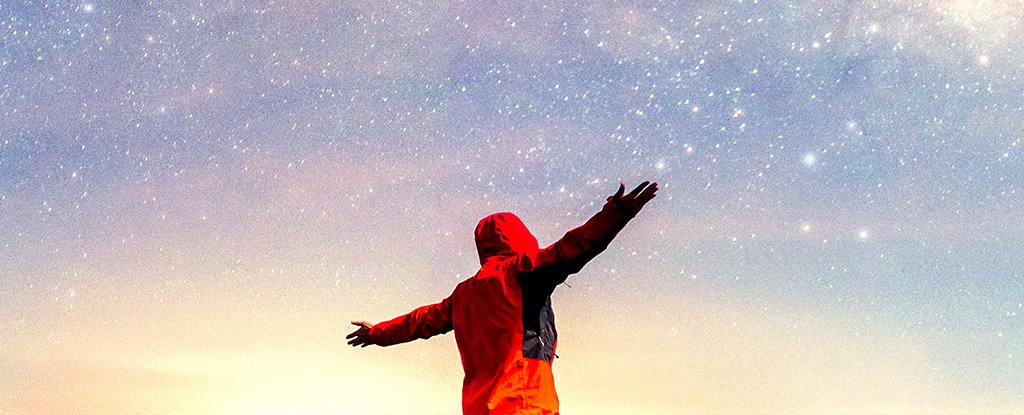
Physically speaking, our Universe seems uncannily perfect. It stands to reason that if it wasn’t, life as we know it – and planets, atoms, everything else really – wouldn’t exist.

Ancient Indigenous fishing practices can be used to inform sustainable management and conservation today, according to a new study from Simon Fraser University.
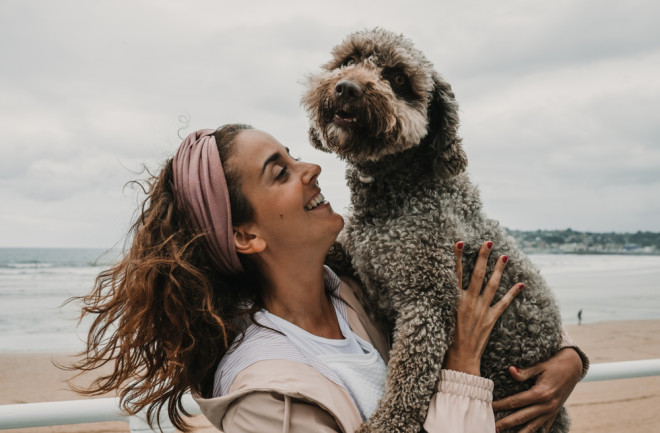
The connection between human and dog runs deep. Early signs of domestication date back to 33,000 years ago… The pairing makes for a striking case in coevolution — no other species has been so thoroughly integrated into human society. Dogs are our sentinels and shepherds, hunting partners and cancer detectors. And more importantly, to those of us who have had dogs in our lives, they are our dearest friends.

Stick a turtle’s beak on a baby hippo. Then twist its front legs so they stick out to either side, but keep its back legs straight. And give it tusks. Presto, you have something that looks a little bit like a prototype mammal-like animal that walked the planet hundreds of millions of years ago.
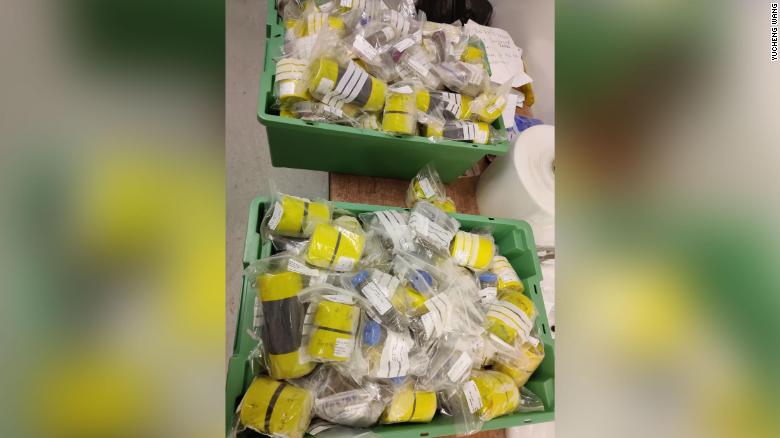
Mammoths and other giant creatures of the Ice Age such as woolly rhinos survived longer than scientists thought, coexisting with humans for tens of thousands of years before they vanished for good. That’s according to the results of an ambitious 10-year research project that analyzed DNA from hundreds of soil samples across the Arctic.

Traces of ancient life were locked inside a 2.5 billion-year-old ruby from Greenland, according to a new study.








